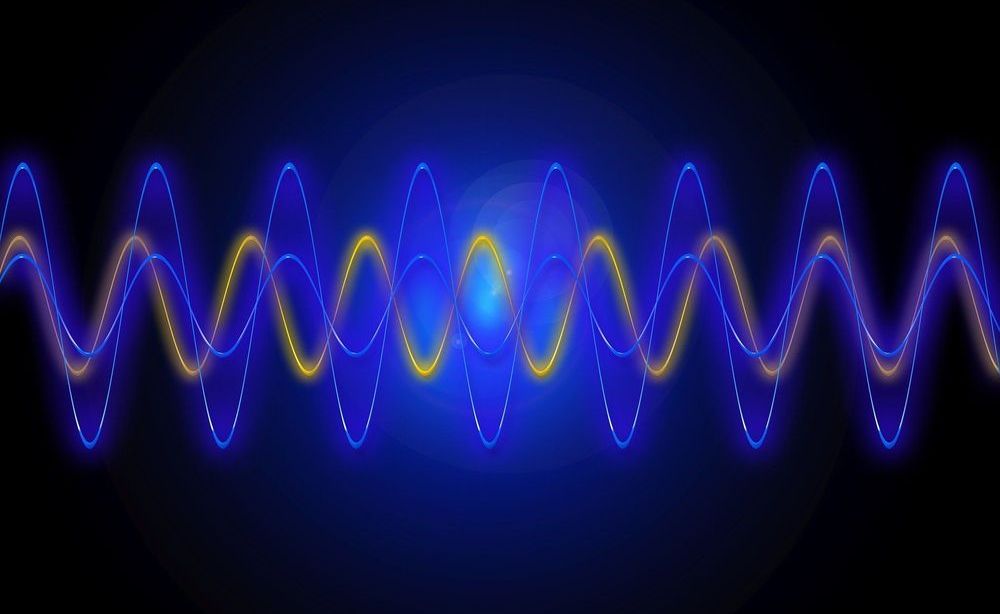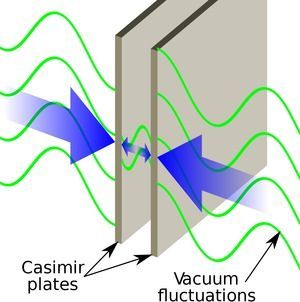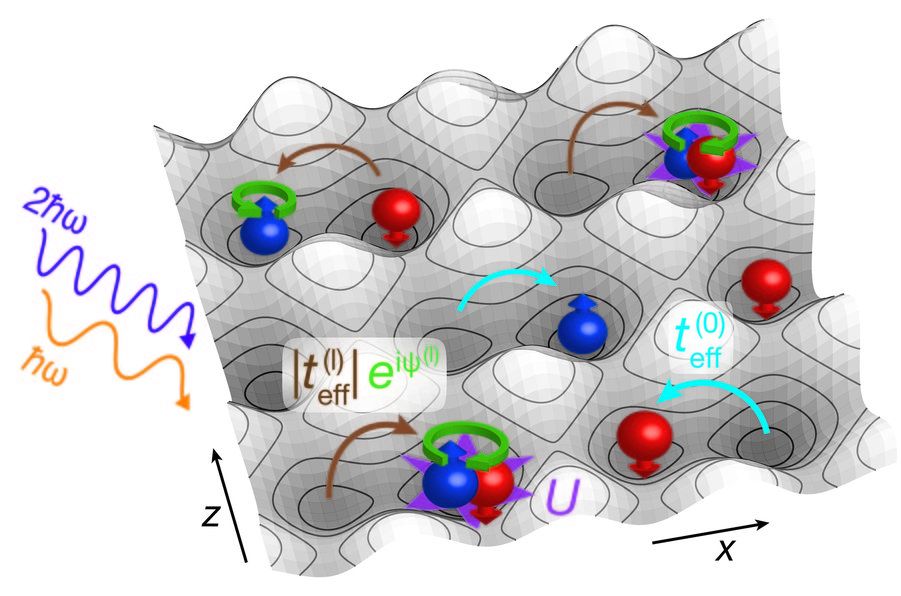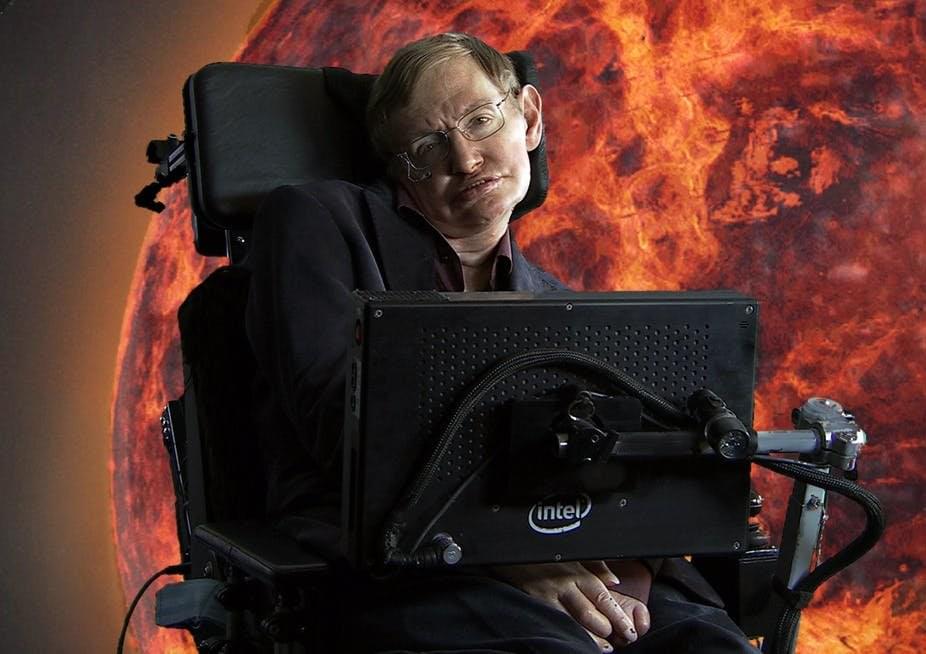Sep 5, 2019
Exotic physics phenomenon is observed for first time
Posted by Saúl Morales Rodriguéz in categories: computing, mathematics, particle physics, quantum physics
An exotic physical phenomenon, involving optical waves, synthetic magnetic fields, and time reversal, has been directly observed for the first time, following decades of attempts. The new finding could lead to realizations of what are known as topological phases, and eventually to advances toward fault-tolerant quantum computers, the researchers say.
The new finding involves the non-Abelian Aharonov-Bohm Effect and is reported today in the journal Science by MIT graduate student Yi Yang, MIT visiting scholar Chao Peng (a professor at Peking University), MIT graduate student Di Zhu, Professor Hrvoje Buljan at University of Zagreb in Croatia, Francis Wright Davis Professor of Physics John Joannopoulos at MIT, Professor Bo Zhen at the University of Pennsylvania, and MIT professor of physics Marin Soljacic.
The finding relates to gauge fields, which describe transformations that particles undergo. Gauge fields fall into two classes, known as Abelian and non-Abelian. The Aharonov-Bohm Effect, named after the theorists who predicted it in 1959, confirmed that gauge fields—beyond being a pure mathematical aid—have physical consequences.





 We suggest and motivate a precise equivalence between uncompactified eleven dimensional M-theory and the N = infinity limit of the supersymmetric matrix quantum mechanics describing D0-branes. The evidence for the conjecture consists of several correspondences between the two theories. As a consequence of supersymmetry the simple matrix model is rich enough to describe the properties of the entire Fock space of massless well separated particles of the supergravity theory. In one particular kinematic situation the leading large distance interaction of these particles is exactly described by supergravity.
We suggest and motivate a precise equivalence between uncompactified eleven dimensional M-theory and the N = infinity limit of the supersymmetric matrix quantum mechanics describing D0-branes. The evidence for the conjecture consists of several correspondences between the two theories. As a consequence of supersymmetry the simple matrix model is rich enough to describe the properties of the entire Fock space of massless well separated particles of the supergravity theory. In one particular kinematic situation the leading large distance interaction of these particles is exactly described by supergravity.


 says that mass of a particle determines the energy of the particle at rest. For an electron, its rest energy is known to be 0.511 MeV. For this given amount of energy, it cannot afford to “pack” itself into a size smaller than the size of a nucleus. Classical theory of electromagnetism is not a consistent theory below this distance. However, it is known that the electron is at least ten thousand times smaller than that.
says that mass of a particle determines the energy of the particle at rest. For an electron, its rest energy is known to be 0.511 MeV. For this given amount of energy, it cannot afford to “pack” itself into a size smaller than the size of a nucleus. Classical theory of electromagnetism is not a consistent theory below this distance. However, it is known that the electron is at least ten thousand times smaller than that.







